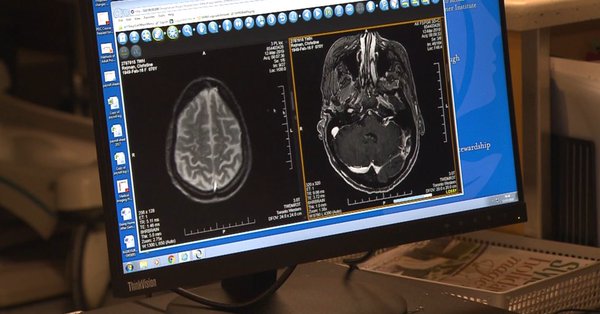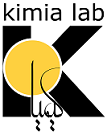
Physicians may soon be able to get a second opinion on your diagnosis from a form of homegrown artificial intelligence (AI).
Toronto’s University Health Network (UHN) is teaming up with researchers at the University of Waterloo and the Vector Institute to develop software that can read and provide feedback on medical images like x-rays and ultrasounds.
The groundbreaking technology is specifically aimed at assisting radiologists and pathologists.
“We are trying to basically go after the biggest problems of medical imaging, which we call user variability,” said Dr. Hamid Tizhoosh, director of the KIMIA lab at the University of Waterloo. “Different radiologists may have a different diagnosis looking at the same image – and it seems that AI can assist in removing that variability.”
The AI software will build on an existing program at the UHN called “Coral Review,” which allows physicians to quality check each other’s work. The program was spearheaded by the medical research organization’s senior director, Leon Goonaratne.
“Rather than looking at doing a second pair of eyes on two or three percent of cases, it would be great if we can do it on 100 per cent of cases,” Goonaratne said.
Preliminary work on the software has already been completed. Now, UHN is using about 25,000 high-quality x-ray images, and a specialized group of radiologists, to train the AI’s algorithm.
Goonaratne said the technology is not meant to replace a doctor’s role in diagnosis.
“It’s still a radiologist or pathologist that is taking that input from the algorithm, the software, and ultimately they’re interpreting whether this makes sense or not.”
The initiative is one of a series of Pathfinder projects at Toronto’s Vector Institute for Artificial Intelligence. The aim is to see how AI technology can be effectively integrated into healthcare.
The organization has partnered with multiple groups in the health sector.
Their newest project is using AI to help save a premature infant’s life by identifying when sepsis may occur. Another project is developing a phone application people can use to identify a tick and check if there’s a risk for Lyme Disease.
“When we think about the health sector overall, we just have so much data that’s generated because we’ve moved away from paper processes; and a lot of it isn’t used at all,” said Alison Paprica, Vector’s VP of Health Strategy. “There’s an opportunity to bring computer scientists, AI, and machine learning in to turn that data into actionable knowledge. That’s what the Pathfinder projects each do.”
UHN is hoping to have its AI radiology program roll out within the next 18 months. It will initially be used within the UHN’s network of hospitals.
If it’s successful, it could make its way into healthcare facilities using Coral Review across the province.
:: Source: https://toronto.citynews.ca/2019/11/04/artificial-intelligence-second-opinion/
:: Watch City News report: https://www.youtube.com/watch?v=P6BddDyJA34
